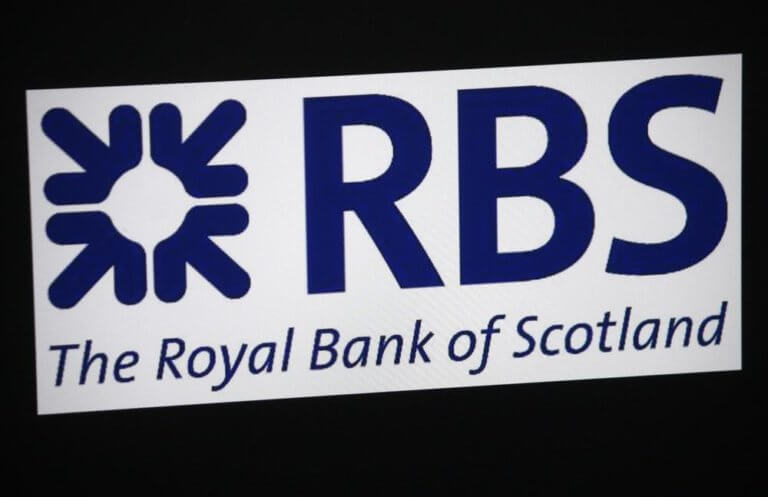Becoming a landlord in the UK is often regarded as a shrewd way to expand your investments and organically grow your earnings, whether long-term letting to tenants or operating short-term holiday lets in a growing market. But getting into the rental market is a process that should be undertaken carefully. Here are some essential things to understand about buying a property for letting purposes.
What is Buy-to-Let?
‘Buy-to-let’ is the principle of purchasing a property with the express intention of letting it out to another person or business. Many landlords begin their landlord careers by purchasing a new family home, and the renting-out out their first family home. But some landlords choose instead to start their portfolio with the purchase of a property for rental.
The Buy-to-Let Mortgage
If you are looking to purchase a property to begin a rental portfolio, or even simply as a rental property to subsidise income, you will need to do so with a buy-to-let mortgage. A buy-to-let mortgage is a specific kind of mortgage, used when someone is buying for investment as opposed to for personal residential purposes.
A buy-to-let mortgage requires the buyer to provide a larger minimum deposit than with residential properties, with most lenders expecting between 20% and 25% of the total property value up-front. However, many buy-to-let mortgages are also interest-only, allowing the buyer to pay just the interest until the end of the mortgage – at which point the balance can be settled outright.
The Practicality of Letting
Many would-be landlords get into the rental industry as a result of the theoretical benefits. When distilled to the basics, becoming a landlord can seem a simple way to generate additional, passive income and bolster your overall yearly earnings. In practicality, though, renting a property can be much more hands-on – with some key practical considerations to reckon with along the way.
For one, property rental is not the assured income it is often assumed to be. Problem tenants can cause critical cashflow issues, and are legally protected from imminent eviction; meanwhile, maintenance costs can often cut into your overall income. Together, these difficulties make a strong case for the importance of landlord insurance.
Speaking of maintenance, it is your legal obligation as a landlord to provide a bare minimum of comfort and convenience for your tenants and to maintain the property to a certain standard. You can do this yourself or via a property maintenance company, but both have their disadvantages; co-ordinating maintenance yourself can be time-consuming, while third-party property management can be costly.
Lastly, it is important to understand your tax standing as the owner of rental property. Setting up a limited company to conduct your rentals through can be helpful when it comes to tax savings, as corporation tax tends to be cheaper than income tax on property.
























